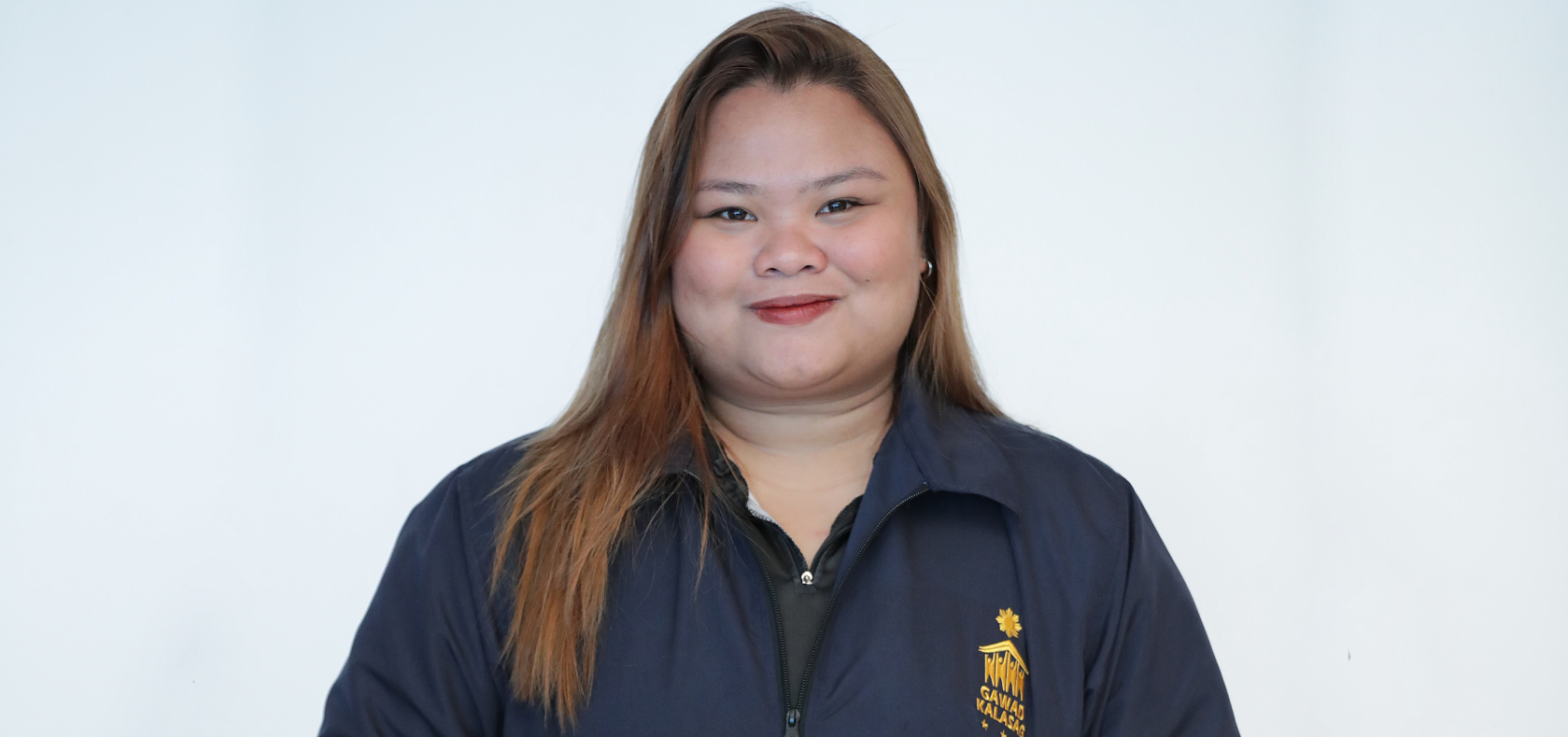Take Five: “Women must be provided opportunities to take on leadership roles in disaster risk reduction”
Date:
Marinel Alexis Retoran is a Civil Defense Officer at the Disaster Risk Reduction and Management (DRRM) Development and Standards Division of the Office of Civil Defense in the Philippines. Ahead of the UN Climate Change Conference (COP28) in Dubai, UN Women spoke to Marinel to hear about the Philippines’ efforts to build women’s resilience to climate-related disasters. Marinel also participated in UN Women’s Regional Training on Gender-Transformative Disaster Risk Reduction (DRR) in the Republic of Korea.

What have you learned from your experience working in disaster risk reduction and management ?
Working in DRRM expanded my horizons and made me understand that it requires a wide range of activities and approaches, not a one-size-fits-all approach. I also learned that it is a shared responsibility that needs collaboration and effort from different stakeholders, from the national government to local governments and communities. DRRM initiatives often focus on empowering communities to take an active role in disaster preparedness and response. Working in this field allows individuals to engage with communities, build their capacities, enhance their capabilities and promote resilience.
What are some of the Philippine Government’s initiatives to advance gender-responsive disaster risk reduction?
As a manifestation of the country's adherence to the Convention on the Elimination of All Forms of Discrimination against Women (CEDAW) and other International Conventions, the Philippines passed in 2009 the Republic Act No. 9710, or the Magna Carta of Women.
The Magna Carta of Women is the premiere women's human rights law that guarantees protection against all forms of discrimination through the promotion of the rights of Filipino women. Among others, under this law, the Government shall provide women affected by disasters with support such as psychosocial support, livelihood support, education, comprehensive health services, as well as protection from sexual exploitation and other forms of gender-based violence.
The law also states that national, regional, and local disaster risk reduction and management councils shall ensure the participation of women in the development of gender-responsive DRRM programmes, plans, and policies.
What are the challenges that remain in implementing gender-responsive DRR in the Philippines?
In the Philippines, we still face challenges in making DRR more gender-responsive. Gender inequality is a significant barrier, particularly biases against women. It is crucial to overcome these biases and empower women to be agents of change.
Second, the lack of awareness and understanding of the importance of gender-responsive DRR among policymakers, practitioners and communities is another challenge to effective implementation. It is, thus, important to build their knowledge and skills on the gendered impacts of disasters and gender equality and social inclusion.
Lastly, limited availability and utilization of gender-disaggregated data on disaster impacts, vulnerabilities and capacities hinders evidence-based decision-making. Collecting and analyzing gender-disaggregated data is vital for identifying the specific needs of different groups.
How can we build community resilience to climate-related disasters?
To build community resilience, we must overcome systemic barriers to the inclusion of women and girls in DRRM.
We need to strengthen the adaptive capacity of women and girls in the face of climate and disaster risks. For instance, increasing women entrepreneurs’ access to microfinance will help them build back their businesses affected by disasters.
Another key step is to empower institutions to recognize women’s participation in DRRM – from decision-making to designing, planning, budgeting, implementing and monitoring programmes. Women must be provided opportunities to take on leadership roles.
How was the training conducted by UN Women useful for your work?
The training not only enhanced our capacities and deepened our understanding of the gendered impacts of disaster, but also enabled us to recognize the specific vulnerabilities and capacities of different genders, addressing gender inequalities and power dynamics within disaster management.
The Knowledge Hub of Women’s Resilience to Disaster (WRD) and the Inter-Agency Standing Committee (IASC) Gender with Age Marker will be very helpful as references and tools to mainstream gender considerations into DRRM planning at the national and local levels.